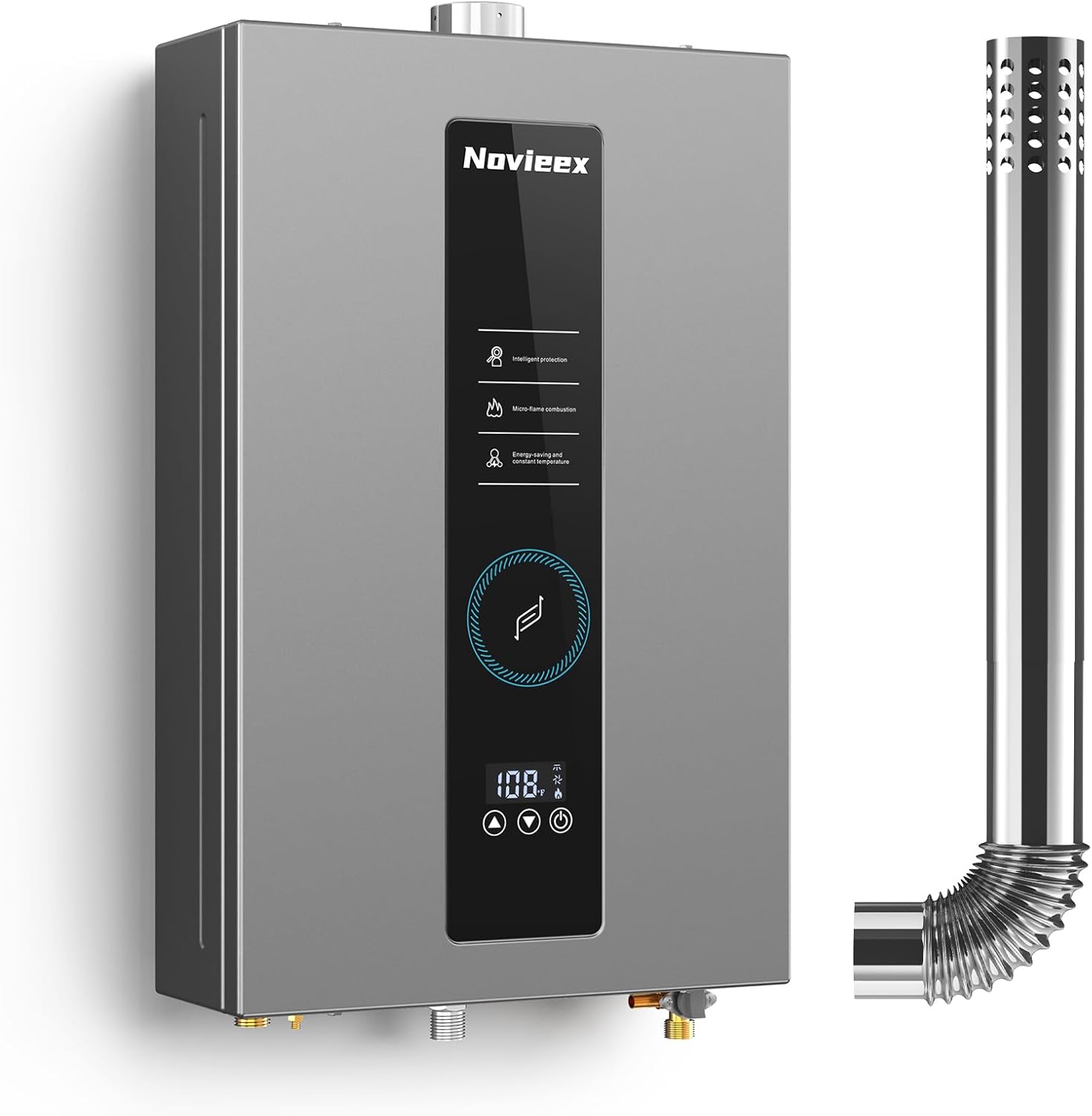Sustainable HVAC systems utilizing tidal energy harness ocean currents to generate renewable power, reducing carbon footprints and enhancing energy efficiency.
As the world shifts toward renewable energy, tidal power emerges as a promising solution for sustainable HVAC systems. Unlike solar or wind, tidal energy offers predictable, consistent power generation – making it ideal for heating and cooling applications. This article explores how tidal-powered HVAC works, its benefits, and real-world implementations.

How Tidal Energy Powers HVAC Systems
Tidal energy converts the kinetic force of ocean currents into electricity through underwater turbines. This clean power can then operate HVAC equipment with zero carbon emissions. The process involves:
- Tidal turbines installed in high-current coastal areas
- Underwater cables transmitting electricity to shore
- Power conversion systems for HVAC compatibility
- Smart grid integration for consistent energy supply
Key Advantages Over Traditional HVAC
Tidal-powered HVAC offers several unique benefits:
| Feature | Traditional HVAC | Tidal-Powered HVAC |
|---|---|---|
| Energy Source | Fossil fuels/electric grid | Renewable tidal currents |
| Carbon Emissions | High | Zero |
| Predictability | Variable | Highly consistent |

Real-World Implementations
Several pioneering projects demonstrate tidal HVAC potential:
1. Orkney Islands, Scotland
The European Marine Energy Centre powers local buildings using tidal arrays. Their system combines smart thermostat controls with tidal generation for optimal efficiency.
2. Nova Scotia, Canada
The Bay of Fundy’s massive tides now heat/cool Halifax’s waterfront district. The project uses hydronic heating systems adapted for tidal power.
Financial Incentives and Policy Support
The U.S. Inflation Reduction Act includes significant incentives for tidal energy projects:
- 30% Investment Tax Credit for marine energy systems
- Bonus credits for domestic manufacturing
- Direct pay options for municipalities
According to the U.S. Department of Energy, these incentives can reduce project costs by 40-50%.
Technical Considerations
System Components
A complete tidal HVAC system requires:
- Tidal turbine array
- Subsea power cables
- Onshore converter station
- HVAC equipment (heat pumps, chillers, etc.)
- Energy storage for slack tide periods
Installation Challenges
While promising, tidal HVAC faces hurdles:
- High upfront infrastructure costs
- Specialized marine installation
- Corrosion-resistant materials needed
- Grid interconnection complexities
The EPA notes that emerging technologies are rapidly addressing these challenges.
Future Outlook
As tidal technology advances, experts predict:
- 50% cost reduction by 2030
- Standardized modular turbine designs
- Hybrid systems combining tidal with other renewables
- Wider adoption in coastal cities worldwide
For building owners considering sustainable options, tidal-powered HVAC represents the next frontier in clean heating and cooling technology.

